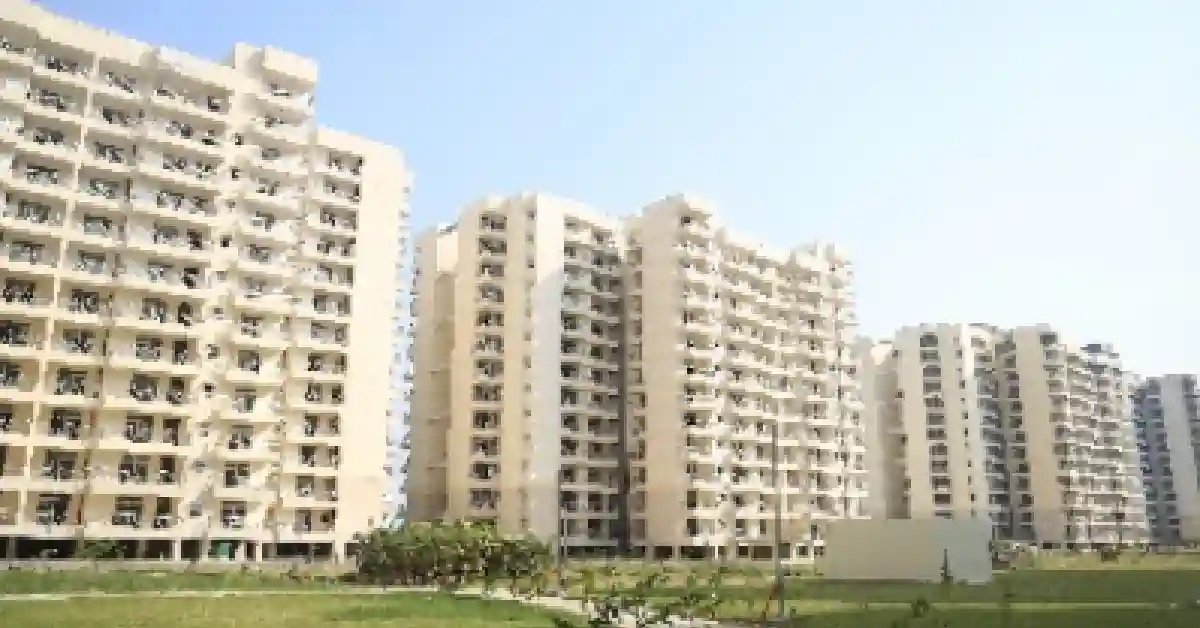Subtotal ₹0.00
The Delhi government has initiated a long-pending revision of circle rates — the minimum property valuation benchmarks used for registration of real estate transactions — after more than a decade. The move aims to align official rates with prevailing market values and enhance transparency in property dealings.
Among the key suggestions received are the creation of a new ‘A+’ category for premium Lutyens’ Delhi zones, a comprehensive overhaul of farmhouse valuations, biennial reviews, data transparency measures, and the formation of a stakeholder committee to oversee the process, according to a report by The Economic Times.
The rates, which were last updated in 2014, set the minimum property valuation for transactions in the capital.
“The Government of NCT of Delhi is in the process of revising the circle rates (minimum property valuation rates) for various categories of properties across Delhi,” a circular issued recently by the revenue secretary cum divisional commissioner stated. The revision aims to align rates with prevailing market conditions and ensure transparency in property dealings.
A senior government officer said, “After receiving and analysing the public feedback, the government will come up with proposed revised circle rates and the entire process is expected to be completed in the next couple of months.”
The revision process was initiated during the tenure of the previous Delhi government but was not completed despite sharp increases in market rates for landed property in the capital.
Circle rates, which act as the minimum threshold for property sale registration, are currently based on eight categories of colonies (A-H) depending on civic infrastructure. These rates range from ₹7,74,000 per square metre for ‘A’ category areas to ₹23,280 per square metre for ‘H’ category localities. Other category rates include ₹2,45,520 per sq metre for ‘B’, ₹1,59,840 for ‘C’, ₹1,27,680 for ‘D’, ₹70,080 for ‘E’, ₹56,640 for ‘F’, and ₹46,200 for ‘G’.
For public utility, industrial, and commercial land uses, circle rates are calculated using multiplying factors — 2 for public utility and industrial, and 3 for commercial purposes.














